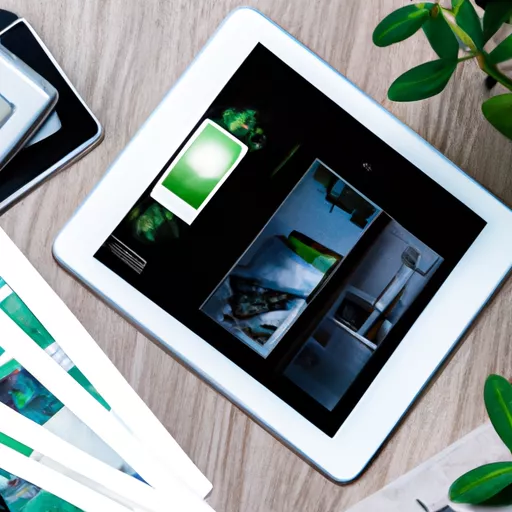
Adaptive design is one of the key trends in modern web design. With the growing popularity of mobile devices and various screens used for viewing websites, adaptability has become an important factor in providing a comfortable and unique user experience.
Adaptive design means that a website should automatically adjust to different screens and devices to display its content optimally. This includes changing the layout and size of elements, changing fonts and backgrounds, and changing the way users interact.
There are several approaches to creating adaptive design. One of the most popular is using media queries in CSS. Media queries allow you to define different styles for different screens and devices. For example, you can set specific styles for mobile devices with small screens and other styles for desktop computers with large monitors.
Flexibility and scalability are key principles of adaptive design. Instead of creating a separate version of the website for each device, developers strive to create a universal version that will work well on all devices. This saves time and resources and provides a consistent user experience regardless of the device.
One of the latest trends in adaptive design is the use of grid systems. Grid systems make it easy for developers to create adaptive layouts that automatically adapt to different screens. They offer flexible placement of elements on the page, avoiding problems with skewing and incorrect display on different devices.
Another important technology for creating adaptive design is the use of relative unit measurements in CSS, such as percentages or ems. This allows elements to automatically scale depending on the screen size. For example, you can set the width of a container to 50% to take up half of the available space on any screen.
However, adaptive design is not limited to just changing the appearance of the website. It is also important to consider different ways of interacting with the user on different devices. For example, gestures and touches are more convenient to use on touch screens, while mice and keyboards are more convenient on desktop computers.
Another important aspect of adaptive design is optimizing performance and page loading speed. The likelihood of a user staying on a website largely depends on how quickly the page loads. Therefore, it is important to minimize the amount of data transferred and use compression and caching to speed up page loading on mobile devices.
In conclusion, adaptive design is an integral part of modern web design. It allows you to create a unique user experience regardless of the device on which the website is opened. Using media queries, grid systems, and relative unit measurements in CSS, developers can easily create adaptive layouts and styles for different screens and devices.


